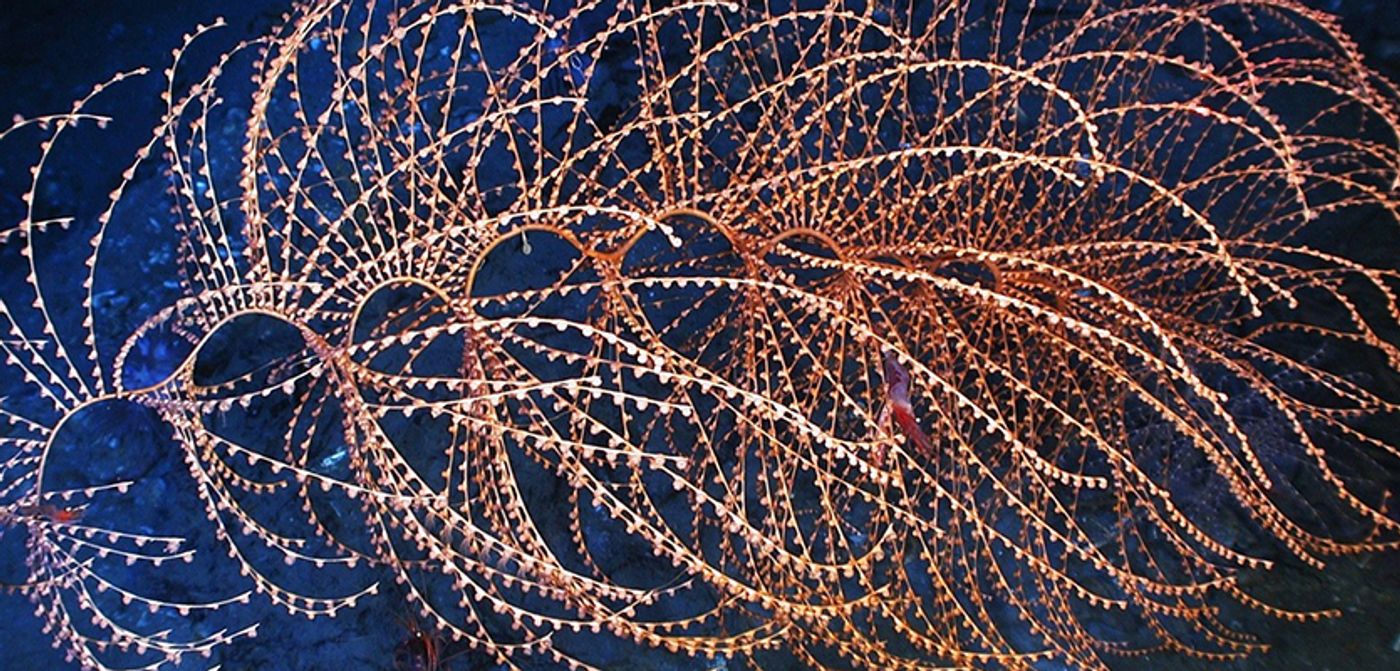Scientists Assess the Value of the Ocean's Twilight Zone
Fifteen years ago, an international cohort of scientists and policy experts introduced the idea of assessing ecosystems by the "services" they provide. These services include goods for direct and indirect use, as well as nonmarket benefits to humans and the environment. Just this week, Woods Hole Oceanographic Institute released a report of this kind regarding the ocean twilight zone. This report, summarized in the video below, is the first attempt to identify and characterize the ecosystem services of this mysterious ocean zone.
The mesopelagic zone—or twilight zone as it is popularly referred to—ranges between 200 and 1,000 meters deep under the ocean's surface. According to the report, the upper boundary of the range is the depth at which sunlight cannot support photosynthesis. This zone is full of unusual species, and it's estimated to contain 10 billion metric tons of fishes. While these fish species are not considered a protein consumable for humans, the WHOI report suggests that this valuable biomass could be used to produce fish meal and fish oil to support aquaculture and livestock operations, nutraceuticals, and cosmetics.
The twilight zone is also a carbon sink more extensive than the Amazon rainforest, according to a news release from WHOI regarding the report. Biological processes throughout this part of the ocean sequester two to six billion metric tons of carbon each year—which, WHOI estimates, is up to six times the amount emitted by all automobiles worldwide. The report also estimates that without this ecosystem service, carbon dioxide levels would rise 200 ppm higher than current levels. Scientists estimate the "value" of this climate regulation service at $300 to $900 billion each year.
In the WHOI news release, Porter Hoagland—lead report author and WHOI marine policy analyst—stated, "We need to think carefully about what we stand to gain or lose from future actions that could affect the animals of the twilight zone and their valuable ecosystem services." Continued research on the ecosystem services of the twilight zone—as well as other ocean zones—will inform policymakers and stakeholders and provide further support in achieving sustainability goals.
Sources: WHOI









